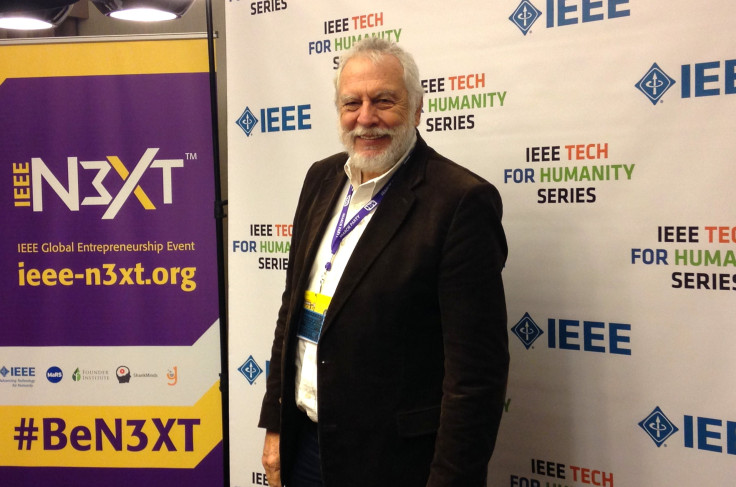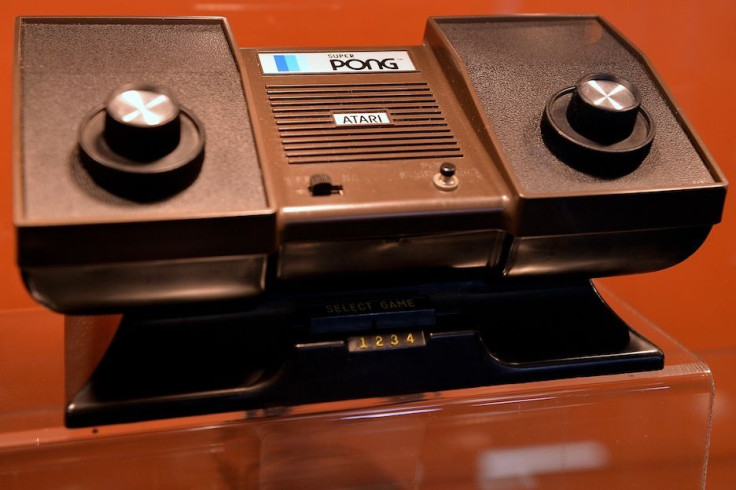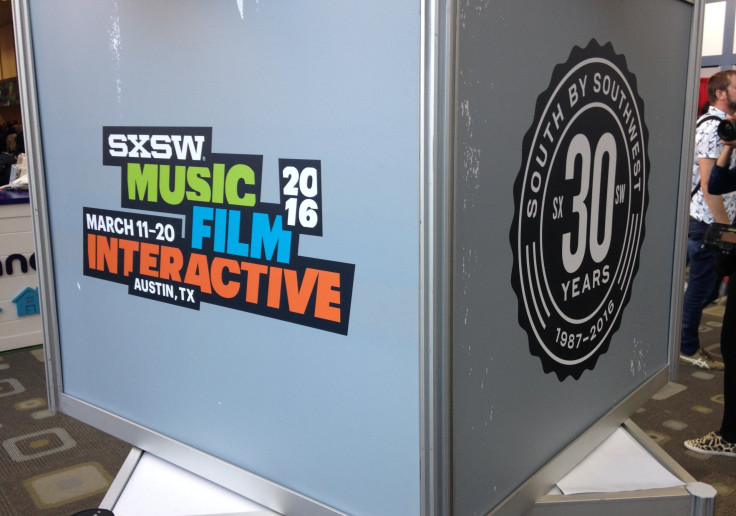Atari Founder Nolan Bushnell Thinks VR Gaming Will Bring Arcades Back

AUSTIN, Texas — In the early 1960s, Nolan Bushnell worked at an amusement park to help put himself through college, where he studied electrical engineering. That seemingly inconsequential side job set into motion a course of events that would vastly reshape the interactive-media landscape across the world.
“It was my game MBA,” Bushnell, the founder of Atari and Chuck E. Cheese’s, told International Business Times. “I knew the economics of the coin-operated game business. And so in some ways it was an accident in space and time that I was the only electrical engineer who played on video computers and, at the same time, understood the arcade business.”
Combining his knowledge of arcade amusements with the emerging field of computers, Bushnell went on to develop “Computer Space,” the first coin-operated video game, released 45 years ago this summer. The endeavor ultimately led to the founding of Atari Inc. at the dawn of the home video game revolution. Today, the gaming industry is bigger than Hollywood, and next year, revenue from games is projected to reach $107 billion worldwide, according to the Global Games Market Report.
IBT spoke with Bushnell here at the South by Southwest interactive conference, where he was on hand as part of the “Tech for Humanity” series hosted by the Institute of Electrical and Electronics Engineers, or IEEE. Bushnell gave a talk on the future of out-of-home entertainment, joined by three of his eight children: his sons Brent and Tyler and his daughter Alissa.
All four of them are still pushing the industry forward in some way, and with advances in virtual reality, augmented reality and sensor technology, they say arcades — or some variation of them — are due for a comeback. (Brent runs the Los Angeles-based Two Bit Circus, which produces interactive, amusement park-like shows complete with robots, lasers and racing simulators. And Tyler recently launched a successful Kickstarter campaign to create a retro arcade game that you can mount to your wall.)
At 73, Bushnell is both philosophical and professorial, with a full white beard and rich speaking voice that adds weight to everything he says. And he had a lot to say about the past, present and future of the industry he helped create.

International Business Times: There’s a whole industry now based around people watching other people play video games. Is that something you ever thought would happen when you first got into this?
Nolan Bushnell: No, I didn’t. Somehow there were a couple of things that were not on my radar screen, and one of them was that your mobile telephone was going to be a game platform. Somehow I didn’t perceive that, because that was a time when mobile phones were like a brick. And then the idea of watching someone else play a video game — that was not part of my reality early on, but later on I started thinking it would be.
IBT: Obviously, Twitch is the big platform that brought it mainstream in a lot of people’s eyes. Do you think it adds to or subtracts from the video game experience when you have a group of people who aren’t participating but just watching?
Bushnell: I think it’s helpful. I think they’re watching to get strategies. These games are getting very complex. When you see somebody executing well, it’s like a kid on the sandlot seeing a really good play in football. I see it as part of the training aspect, but also aspirational: “Oh, I can do that.” Whenever you can create a dream for a lot of people, that dream is good enough itself. People play the lottery not because they think they’re going to win, but because they can dream about winning.
IBT: We’re coming up on 45 years since “Computer Space,” which was the first coin-operated video game. What did you think that was going to be when you first decided it was something you were going to create?
Bushnell: I always had this attitude about evolving technology, and I felt that I was nothing more than being the deliverer of cost to the coin-op business. I played games in the big computer centers the minute they had screens attached.
IBT: At what point did you realize this was going to be something that people would bring into their homes and hook up to their TVs?
Bushnell: Right from the outset. I knew that would happen as soon as the costs would allow it.
IBT: From my perspective, I’m 45, the Atari 2600 was pretty much was my childhood. Did you know it was going to be this kind of phenomenon that would define a generation’s experience with media.
Bushnell: I actually have to give credit to [“Pong” designer] Allan Alcorn for that. We talked a lot about home games, and one day he came in and said, “I think I can put ‘Pong’ on a chip, and I’ve got the guy who can do it.”
IBT: I was always perplexed by the decision to package it with just one video game, which was “Combat.” How did that decision happen?
Bushnell: We just did a little bit of research and we found out that was the game people liked to play the most. That was actually one of my many million-dollar mistakes.
IBT: The “Combat” thing?
Bushnell: No, the fact that we launched the product with eight cartridges, and I felt that we would sell an average of three cartridges per unit. What we didn’t know is that the early buyers would buy all the cartridges. And so we had a whole bunch of players out there who only had the “Combat” cartridge.
IBT: So you underestimated the demand?
Bushnell: Massively.
IBT: What do you think of the gaming industry today?
Bushnell: I don’t think you can talk about it as the gaming industry anymore. There are gaming industries, and they’re all as different as cheese and chalk.

IBT: What do you think when you see stuff like Gamergate scandal? It was a big issue this year at South By. All of this somehow ties into gaming, and videogame reviews, and harassment of women online. What do you think about that aspect of the culture?
Bushnell: I think bad behavior is always going to be with us. In the gaming business, or in anything.
IBT: Do you think that we’ll see a return to the arcade era?
Bushnell: From a big standpoint, the arcade was the birthing place where technology from the labs was made available to the public before it could be priced appropriately for the home. And I think that the arcade has failed for almost 20 years. When there was a parity in the graphic resolution of the home and the graphic resolution in public, all of a sudden the arcade said, “Gee, why are we here?”
IBT: The challenge is getting people out of their houses and off their phones. How do you do that with an arcade in 2016?
Bushnell: You do things that aren’t possible in the home yet. Right now, VR and AR aren’t ready for the home.
IBT: You think there are going to be VR arcades?
Bushnell: We’re building them right now ... What I want to say, too, is that gaming as an educational platform is just in its infancy. I think that we’re going to be able to accelerate learning at unprecedented speeds. There’s no reason that college should take four years and high school should take four years. I think all of it could be at least cut in half.
This conversation was edited for length and clarity. Christopher Zara covers media and culture. News tips? Email me. Follow me on Twitter @christopherzara
© Copyright IBTimes 2025. All rights reserved.






















